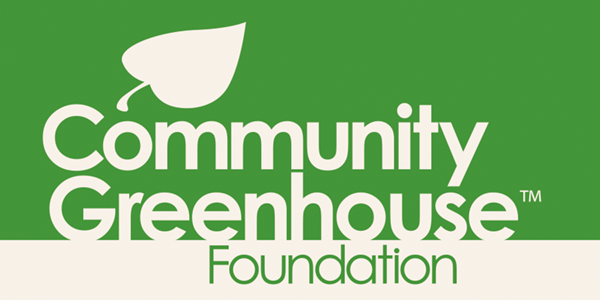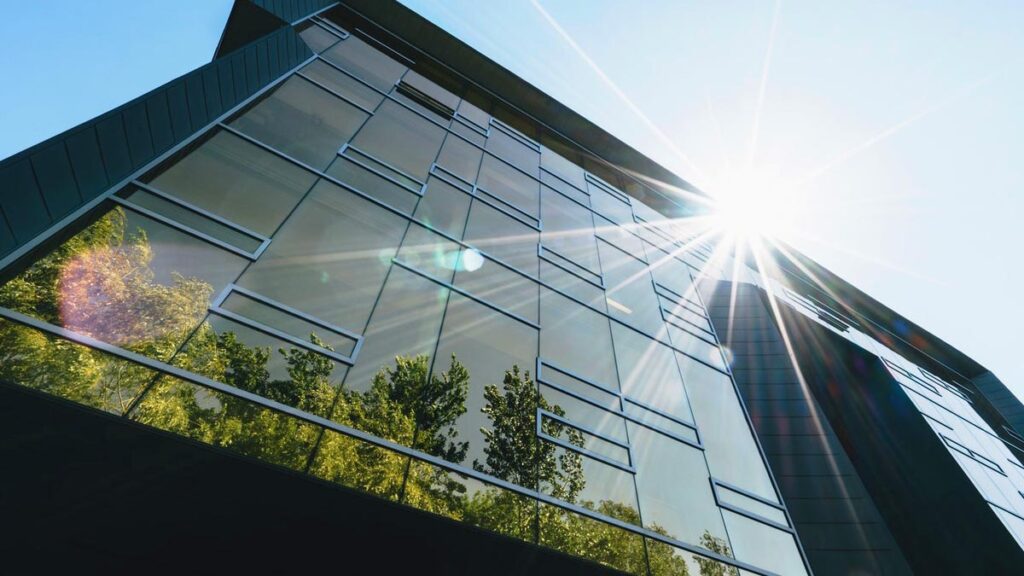So what is a green building and sustainable development?
Sustainable, green development and building involve construction and lifetime of operation that assure the healthiest possible environment, while representing the most efficient and least disruptive use of land, water, energy and resources.
Green buildings utilize less energy and water and are often net producers of energy, with photovoltaic solar panels built into the design. The building envelope and site are designed conscious of the surroundings, by orientation of the sun, water run-off and draining, and landscaping that connects the project with its environment.
Some of these concepts may sound foreign to the general public, developers and construction related professionals in Brevard County, but there are many who not only recognize these concepts but try to utilize them in the current work. In the state of Florida alone there are over 141 United States Green Building Council Members and four new USGBC chapters have been formed in the last 18 months. It also should be noted that in Brevard County there have been a few buildings that have been constructed utilizing some “Green” principles. There are several reasons why most of Brevard is unaware that the interest in alive.
None of the buildings or developments have gone the extra mile to register and obtain certification for a development or building with either the Florida Green Building Coalition or the United States Green Building Council. This happens often, as it is sometimes difficult to locate professionals that have gone through the certification process and newcomers believe it would make them change the way they report on projects and potentially increase cost. Granted it is harder to find LEED™ accredited professionals in Florida who have extensive experience on LEED™ projects, but they are out there — totaling over 474 people in various professional classifications.
Second, there is a major misconception that anyone who talks or promotes environmentally responsible development and building is a “tree hugger”. Not true, even though I am the President of a Not for Profit organization dedicated to sustainable green development I would not consider myself a “tree hugger” or against “growth”.
Our organization and I personally support and believe in these practices and principles for five basic reasons.
- It is good for the environment and we need to utilize our available land wisely.
- Growth and development are going to happen and this is the responsible way of addressing these needs for the future.
- It is the good and the right thing to do for our children and future generations.
- The benefits ripple into all sectors of the economy including energy, air quality, and transportation to mention just a few.
- It is profitable. It does not cost any more to develop and build in a sustainable green way, in fact it has been documented that higher rents and sales are achieved from these types of developments and building.

Our organization is currently working on a project in Brevard County and it came as no surprise to the overwhelming support from all of the County departments including land planning, zoning and natural resources when we explained how we intended to develop and build the project. One department head looked at us in disbelief when reviewing our preliminary site plan saying, “You are really going to do this; This type of projects is few and far between for us”. I don’t know if that is true, I have seen and learned of a few projects that utilized some of the Counties newer “environmental ordinances” that resulted in achieving higher overall density and higher end sales due to the open spaces derived from their planning. We also were not surprised by the responses we received from local professionals who are bidding on services for our project. Almost all of them believe and try to implement sustainable green principles and practices into their work and they are anxious to utilize and demonstrate them for Brevard County.
The third and most important is the misconception that it costs more money to develop sustainable and green. That idea is outdated. Documented research and case studies demonstrate that the cost differences can be within only one percent. The real barrier is the fact that different design and construction technologies are required. Thinking outside the “sticks and bricks box” requires a change in traditional thinking. The reality is that there is more than cost justification to change ones mind now. Our organization would be more then happy to send these case studies to anyone who requests the information.

The ultimate consideration for any individual developer, organization or municipality that makes green building more and more desirable is cost justification in building versus operational costs. The federal government, the nation’s largest landlord, has mandated sustainable materials and design through the U.S. Green Building Council’s LEED™ (Leadership in Energy and Environmental Design) standards which certifies how “green” a building is based on a national standard. The more electricity and water you save, the less employee absenteeism you have, the lower your monthly costs are to operate the building.
Current shortages of staple construction materials such as steel and concrete are forcing builders’ costs up to the point whereas alternative building materials and technology are not only being considered, but pursued. The shortages, caused by international demand for domestic materials are actually providing an extraordinary opportunity for the advancement of sustainable building. Better materials and technology previously considered too pricey, now make better financial sense.
Through opportunity and need, sustainable green building is moving forward not only in this country but around the world and the underlying strides in Brevard County will shortly move it into the mainstream of awareness and practice in Brevard County.
The Community Greenhouse Foundation is a not for profit professional services organization. Through its diversified services, it raises awareness about a growing trend in the building industry that ultimately lessens our impact on the environment. The CGF helps developers, organizations and municipalities that have the interest, desire and commitment to build or renovate in a way that benefits both the environment and the community. The Foundation has the ability to take a concept and provide the resources necessary to actually develop a project through the architectural design and engineering phases, build and construction phases and finally certification and completion, including marketing the project all under their direction.
For more information, visit www.communitygreenhouse.org
or contact Richard Evans at revans@communitygreenhouse.org
